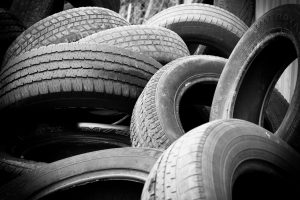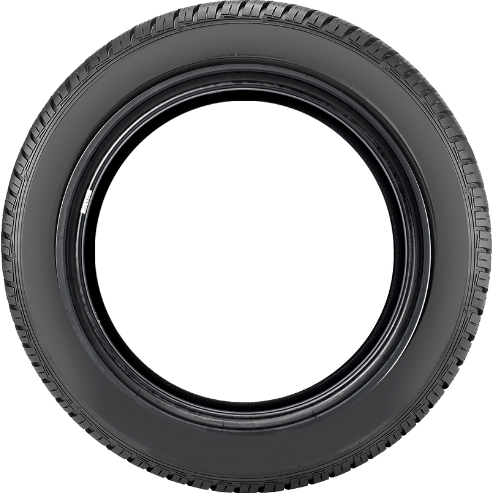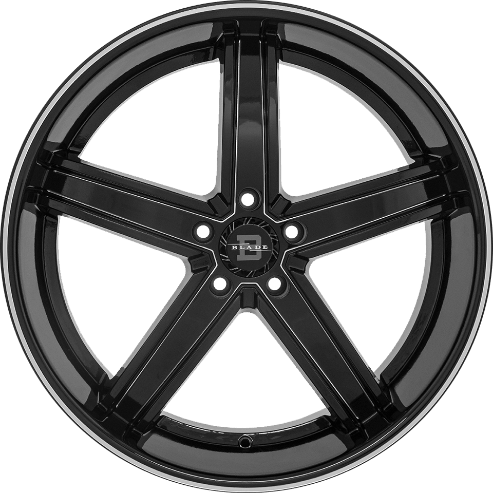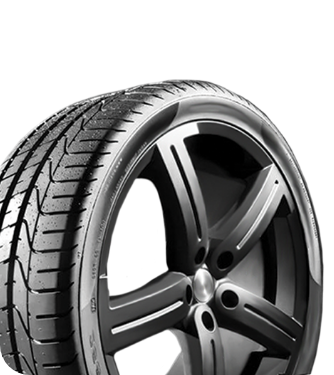

Comparing Tires for City Commuting vs. Rural Driving
Tires |Your daily commute poses unique challenges for your tires. Navigating busy city streets every day requires a different set of tires than cruising down rural highways. The right choice can dramatically impact your vehicle’s performance and safety, not to mention your wallet.
Most drivers don’t realize that they’re using the wrong tires for their driving environment, which can reduce fuel efficiency and increase the risk of accidents. Comparing tires for city commuting and rural driving will help you decide which type best fits your driving needs.
Understand City Driving Demands
Urban commuting takes a toll on tires. Stop-and-go traffic generates heat and wear due to constant acceleration and braking. City streets also present obstacles, such as potholes, construction debris, and varying road surfaces that can damage your tires even more.
Key Tire Features for Urban Commuters
Urban commuters need tires that can support their vehicles throughout their daily commutes. Specialized tread compounds are useful features to combat the wear associated with frequent braking and acceleration. The rubber compound should be formulated to maintain grip at lower speeds while resisting the heat generated by constant stop-and-go driving.
Strong sidewalls are other necessities for safe urban driving. Strong sidewalls protect against damage from parallel parking mishaps and sudden impacts with road hazards. Reinforced sidewalls also maintain proper tire shape under the stress of frequent turning and maneuvering.
Rural Driving Requirements
Country roads and highways offer problems that you don’t see in urban settings. These roads typically cover longer distances at higher speeds, which means your tires must withstand heat buildup and maintain stability over extended periods.
Essential Features for Rural Roads
Tires designed for rural areas must feature advanced heat dissipation technologies to mitigate the increased heat from highway driving. This includes specialized rubber compounds and tread designs that channel heat away from the tire’s core structure.
Extreme weather is another concern for rural drivers. Tires for country driving should provide reliable traction in rain and light snow and on gravel or dirt roads. Deep grooves and aggressive tread patterns channel water away and provide grip on loose surfaces.
Long distances are a staple of rural driving, with rural commuters typically accumulating more miles per year than urban drivers. Look for tires with higher treadwear ratings and reinforced construction that can handle extended highway use without premature wear.

Performance Comparison: City vs. Rural Tires
Consider the environment you drive in more often: rural or urban areas. Understanding how different tires will perform in these conditions can help you make the right choice for your primary environment.
Fuel Efficiency Considerations
City tires prioritize low rolling resistance to improve fuel economy during stop-and-go driving. Urban tires have specialized compounds that can improve fuel efficiency, while rural tires focus on maintaining efficiency at highway speeds. Rural tires focus on this feature because aerodynamics and consistent performance matter more than initial rolling resistance.
Traction and Handling Differences
Urban tires excel at providing grip during quick starts and stops on dry pavement, which occurs often in urban driving settings. Their tread patterns optimize water evacuation for rainy city conditions but may not perform as well on loose gravel or dirt roads.
Rural tires offer superior handling stability at highway speeds and better performance on varied road surfaces, though they may feel less responsive in low-speed urban maneuvering. For individuals who often drive in both settings, consider which environment you have more concerns about, and focus on those standards when selecting tires.
Longevity and Cost Analysis
City tires typically wear faster due to the demanding nature of urban driving, with most lasting 40,000 to 60,000 miles under normal conditions. Rural tires often achieve 60,000 to 80,000 miles thanks to more consistent highway driving conditions. However, city tires may cost less upfront due to their simpler construction requirements.
Make the Right Choice for Your Commute
Choose your tires based on where you spend most of your time driving. If that time is equally spent between rural and urban spaces, consider these factors to narrow down your options.
Assess Your Driving Patterns
Track your typical weekly driving for a month to understand your usage patterns. If more than 70 percent of your miles occur in city conditions, prioritize urban-focused tire features. For rural-dominant driving, invest in tires designed for highway performance and weather versatility.
Consider Seasonal Variations
Some people’s driving patterns change seasonally. If you occasionally take long rural trips or experience extended travel seasons, consider all-season tires that provide balanced performance across different conditions. Just keep in mind that they may not excel in any single environment.
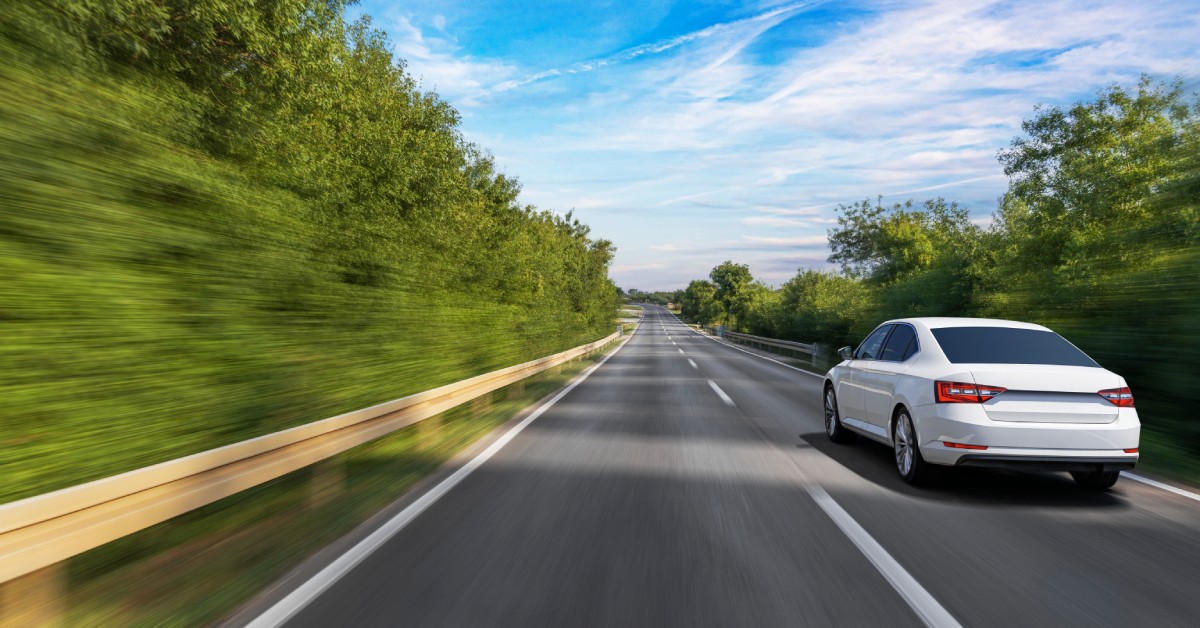
Budget and Replacement Timeline
Factor in your expected annual mileage and typical tire replacement timeline. Higher-quality tires designed for your driving conditions often provide better long-term value despite higher upfront costs. Calculate the cost per mile rather than just the initial purchase price.
Professional Installation and Maintenance Tips
Proper installation and maintenance significantly impact tire performance regardless of your choice. Ensure your tire pressure matches manufacturer recommendations for your specific driving conditions. City driving may benefit from slightly higher pressures to reduce rolling resistance, while rural driving might require adjustments for load carrying.
Regular rotation every 5,000 to 7,500 miles ensures even wear patterns, which are particularly important for city drivers who experience more varied wear from turning and parking. Monitor tread depth regularly, as city driving can create uneven wear patterns that reduce overall tire life.
Optimize Your Tire Investment
Comparing tires for rural and urban driving might seem like a small issue, but it can have a lasting impact on your car. Remember that your tire choice affects more than just your driving experience—it influences fuel costs, replacement frequency, and overall vehicle performance.
Take time to assess your actual driving patterns rather than making assumptions, and consult with tire professionals who can recommend models based on your vehicle and driving conditions. Tire selection and maintenance should be part of your overall vehicle maintenance, so note any difference in your tires and whether replacement might be necessary.
If you need to replace your tires with the right ones for your driving needs, come to RNR Tire Express. You can browse tires in Lubbock with our expert crew. We offer affordable tires that can help your car run efficiently. Contact us today, or come in to learn more about tire options that can work for your vehicle.
